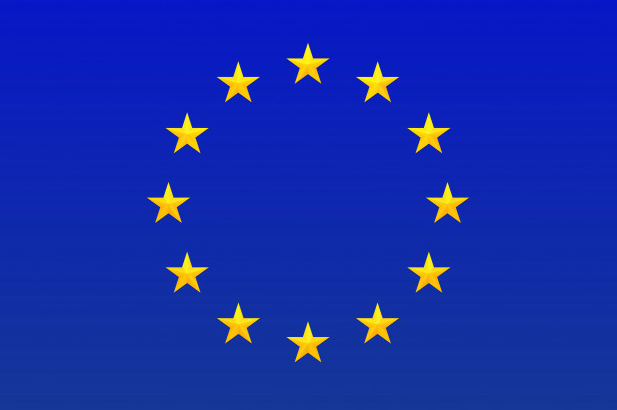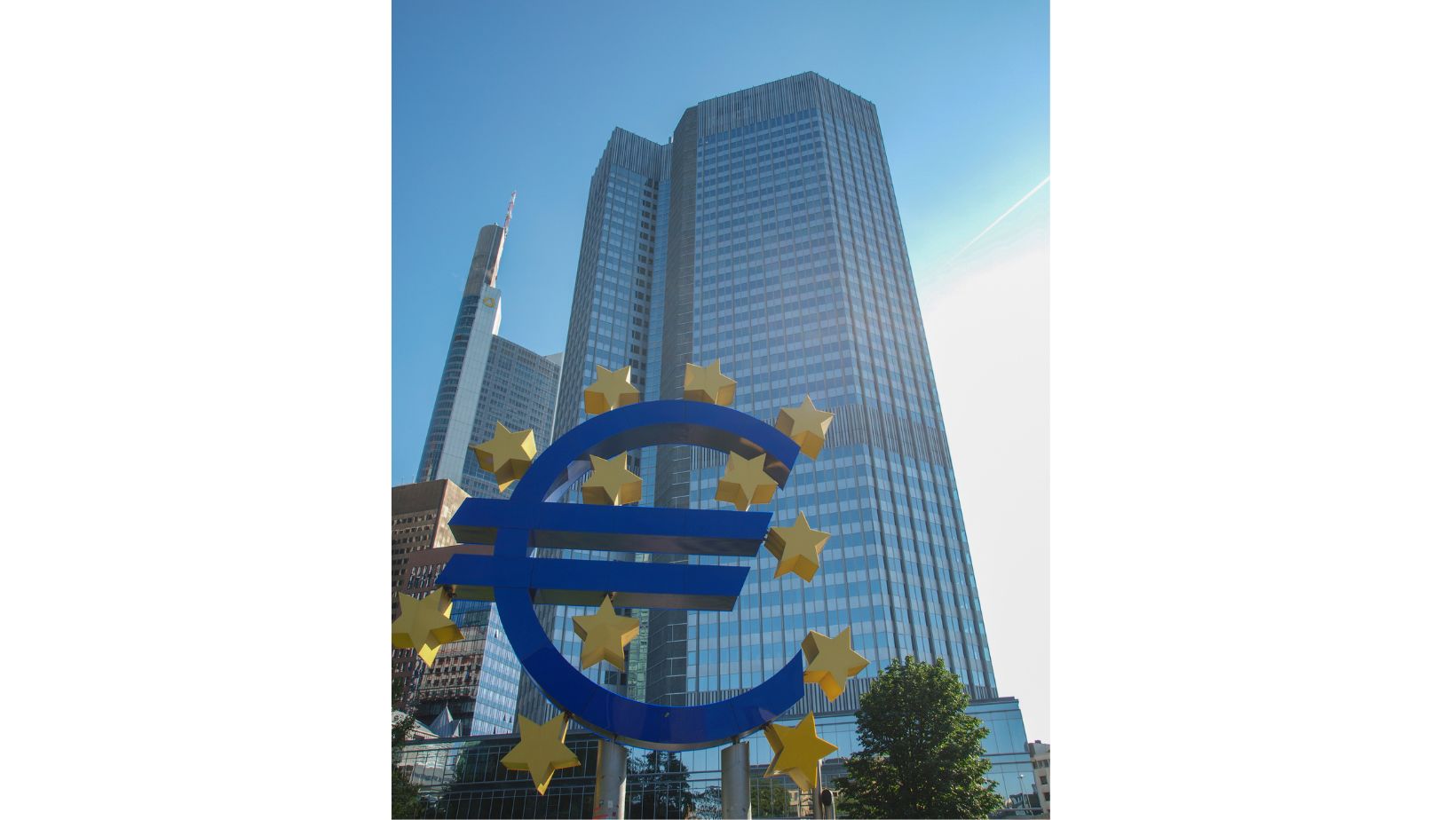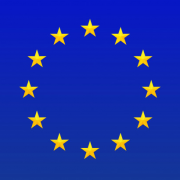What is the Eurozone? – Definition for investors
Table of Contents
The Eurozone refers to an economic and geographic region that includes all European (EU) countries that use the Euro as their national currency. The European Union (EU) is an international organization uniting 27 European countries and establishing a common economic, social, and security policy. The EU was created on the basis of the Maastricht Treaty, which came into force on November 1, 1993.
This agreement aims to improve the political and economic integration of Europe by creating a common currency (Euro), a common foreign policy and security, and common citizenship through cooperation in immigration, asylum, and judicial matters. In 2012, the EU was awarded the Nobel Peace Prize in recognition of the organization’s efforts to promote peace and democracy in Europe.

Which countries are in the Eurozone?
The Eurozone is a geographic and economic region that includes all EU countries that have fully integrated the Euro as their national currency. As of August 2020, Eurozone countries include Austria, Belgium, Cyprus, Estonia, Finland, France, Germany, Greece, Ireland, Italy, Latvia, Lithuania, Luxembourg, Malta, Netherlands, Portugal, Slovakia, Slovenia, and Spain. About 340 million people live in the eurozone.
The 1992 Maastricht Treaty created the Eurozone and paved the way for creating a single economic and monetary union that included a central banking system, a single currency, and one economic area, the Euro area. Not all EU countries are members of the Eurozone. Some choose to use their currency and remain financially independent. EU countries that decide to join the euro area must meet the requirements of price stability, reliable public finances, convergence stability, and exchange rate stability.
The Eurozone and history explained
The eurozone is one of the largest economic regions in the world, and its currency, the euro, is considered the most liquid compared to the currency of other regions. Currencies in the region continue to evolve over time and are increasingly seen in the reserves of many central banks. It is often used as an example in the study of the trilemma, an economic theory that states that nations have three alternatives when determining their international monetary policy.
The eurozone is one of the attempts to unify Europe after World War II. By the war’s end, many Western European countries had invested in closer economic, social, and political ties to achieve economic growth and military security and promote lasting reconciliation between France and Germany. In 1992, the European Community (EU) countries signed the Maastricht Treaty to create the EU. The creation of the EU had a significant impact on many areas. Although it has promoted political coordination and cooperation in a broader sense, it has had tangible influences on civil rights, security and defense policies, and economic policy.
Good to know!
In economic policy, the Maastricht Agreement aims to create a common economic and monetary union with the central banking system, the European Central Bank (ECB), using a single currency (the euro).
In economic policy, the Maastricht Agreement aims to create a common economic and monetary union with the central banking system, the European Central Bank (ECB), using a single currency (the euro).
To this end, the agreement provided for the free movement of capital between member countries, strengthening close cooperation between central banks and the coherence of economic policies among member countries. The final step was to introduce the euro, monetary policy, and then the ECB.

FAQ – The most asked questions about Eurozone :
What is the meaning of the term Eurozone?
The term “Eurozone” refers to an economic and geographic area consisting of all the countries of the European Union. The official currency of these countries is Euro.
What created the Eurozone?
The 1992 Maastricht Treaty of the European Union led to the structure of a common economic and financial union, comprising a typical economic county, common currency, and central banking system known as the Eurozone.
How many nations make up the Eurozone?
Eurozone is made up of 19 countries in the European Union, but not all nations of the European Union participate in the euro area. Some countries decide to use their own currency and sustain their financial autonomy.
Are there any requirements for countries to merge in the euro area?
European Union countries that opt to partake in the Eurozone should meet requirements about price steadiness, healthy public funds, convergence durability, and exchange rate permanence.
What is the accepted truth regarding the Eurozone and its currency?
The Eurozone is considered one of the world’s largest economic regions. The currency of the euro area is measured as a liquid currency compared to other global currencies. Over time, the currency of the euro area continues to develop, and it occupies a more prominent place in the reserves of several central banks.
See our other articles about forex trading:
Last Updated on January 28, 2023 by Arkady Müller


